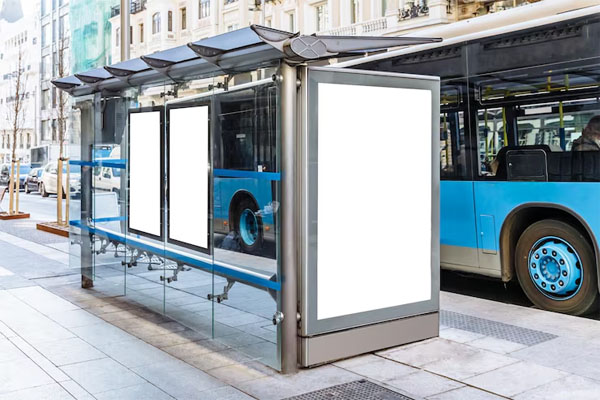Traditionally, Bus Shelter Advertising were a simple canvas for static print ads. While still effective at building brand awareness, the medium has evolved significantly. The rise of digital displays has transformed Bus Shelter Advertising into interactive hubs, allowing for real-time content updates, dynamic video campaigns, and even location-specific messaging. A brand could, for example, show a different ad based on the time of day or even the weather.
Key Trends and Innovations
- Interactive and Contextual Campaigns: Brands are using Bus Shelter Advertising to create memorable experiences rather than just show a message. Campaigns with QR codes allow commuters to scan for exclusive content, enter contests, or get special offers. We’ve seen examples of this in Australia, where campaigns have used bus shelters for everything from promoting a movie to driving sign-ups for a new service.
- Focus on Sustainability: With an increasing emphasis on environmental responsibility, media companies and advertisers are exploring more sustainable options. This includes using eco-friendly, recyclable materials for traditional ads and leveraging the energy efficiency of modern LED digital displays.
- A “Captive” Audience: People waiting for a bus are typically less distracted than drivers or pedestrians on the move. This “wait time” creates a valuable opportunity for brands to deliver a more detailed and engaging message. A study found that people are more likely to notice and recall ads on their commute because they are looking for something to occupy their time.
Bus Shelter Advertising is more than just a passing glance. It’s an immersive medium that provides a unique opportunity for creative, interactive, and highly targeted campaigns that truly resonate with an audience.

